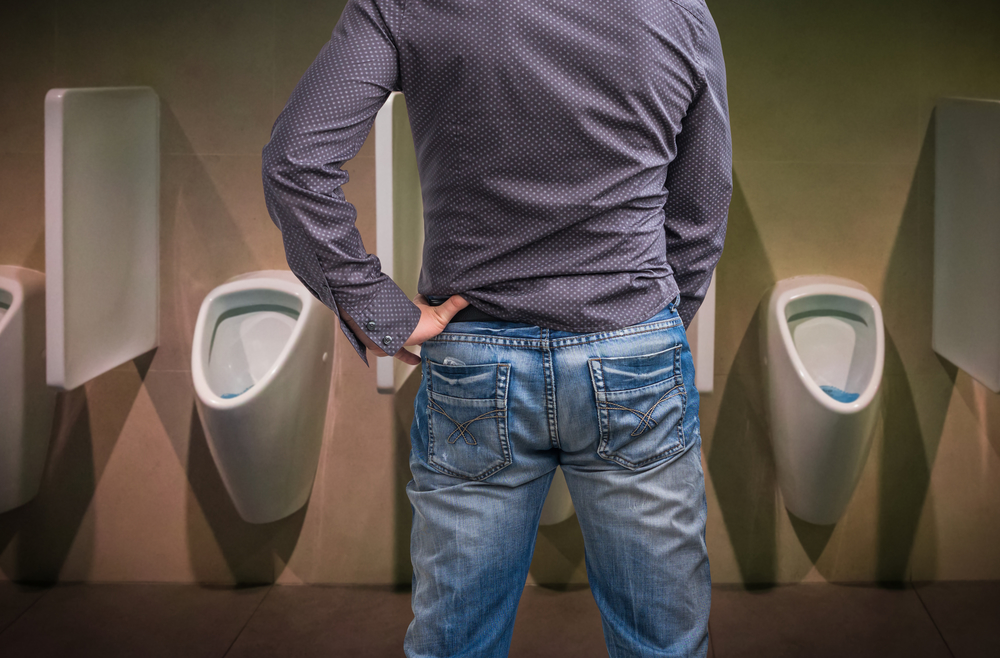Men Have Pelvic Floors Too!
Do you know a man in your life who is struggling with bladder control? Does your husband, father, son, boyfriend dribble in between trips to the bathroom? OR have to urgently find a bathroom? Or do you yourself find it hard to get your stream started, or completely empty your bladder? Has an important male in your life had changes to pain in his low back, pelvis, or genitals? Have they had a recent surgery or injury to the abdomen, low back, pelvis, or hip? All of these symptoms and situations can be related to the pelvis and pelvic floor.
The first thing most people think of in these cases is the prostate. But the pelvic floor can also be a huge factor. While women may hear about their pelvic floor from an early age, men rarely have any education regarding this personal area. While there are some differences in anatomy (women have more muscles but in a man there is one muscle which is much larger to compensate), many of the principles of pelvic floor therapy are the same. It is common for men who have a prostate procedure to have bladder symptoms. Many of them will benefit from pelvic floor physiotherapy and education.
Just like women, incontinence can be from a weak pelvic floor, or commonly from an overactive one. Muscles that just don’t relax enough can stop the bladder from completely emptying, or even getting started. This can contribute to other issues as that urine is stopped up in a longer urethra, leading to irritation. Muscles which are too weak can result in dribbling in between bathroom visits, urgency or stress incontinence.
Changes to the structures and mechanics of the pelvis, low back, and hip from a fall or surgery can create changes in sitting and moving with a resulting change in a previously normal pelvis and surrounding muscles which can create change in muscle tension and activity, or nerve irritation and give symptoms of pain or urgency or incontinence.
Determining what state the muscles of the pelvic floor, abdomen, low back, and hips as well as the mechanics of the pelvis, low back and hip are in is the first step. Appropriate relaxation, lengthening or strengthening of the muscles as well as correcting the mechanics is the second step. Applying these principles to everyday life is the final stage. The best way to start is to have a proper pelvic floor assessment and then head in the right direction.
If you have a person in your life that has had any changes in their bladder function, please give them a nudge to have an assessment. We would love to help them improve their function, and ultimately quality of life!

